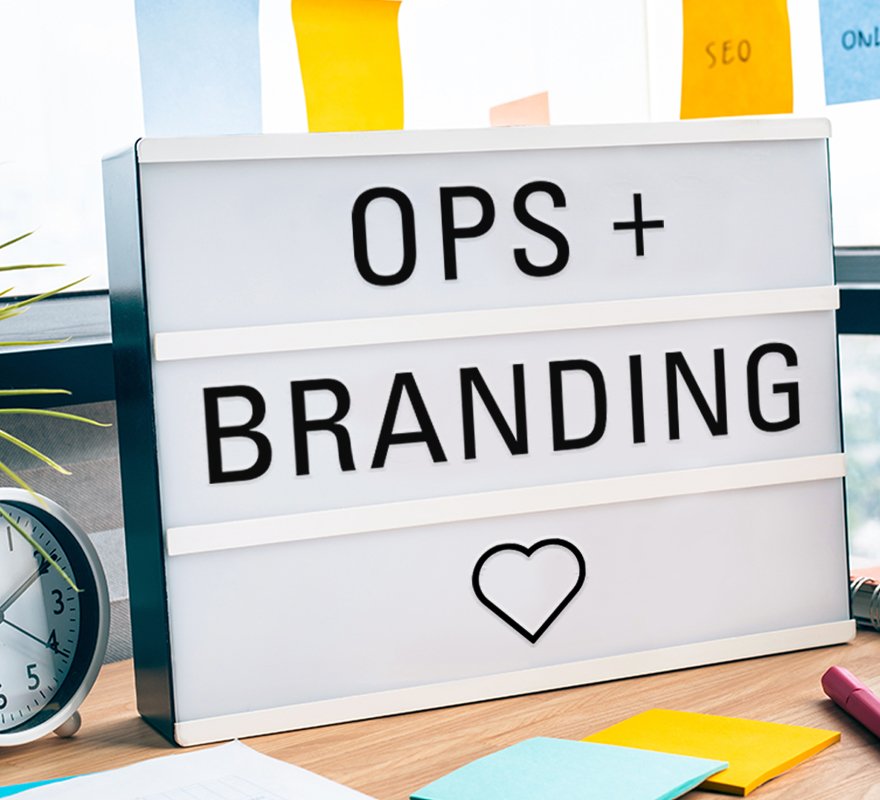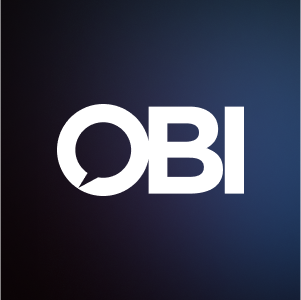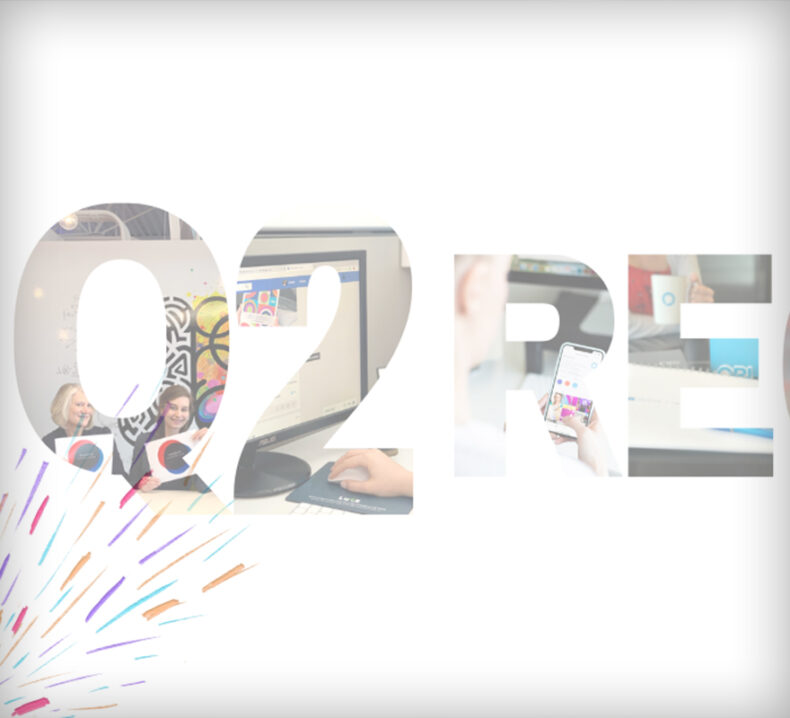Brand Strategy Is About More Than Your Logo
When you think of really good customer service, what brand or business comes to mind?
It could be a local business whose owner or employees have made a personal connection with you, making you feel valued and special. It could be a national brand with which you’ve only ever interacted over the phone or internet but has exceeded your expectations and somehow managed to create a meaningful connection with you.
Whatever the company, if you were to look behind the curtain, you’d undoubtedly see you, the customer, valued and prioritized at every step. The most successful brands are so because they’ve aligned their operations with their brand strategy.
Looking for branding principles? Jump to a section:
- Know who you are.
- Align culture to the brand.
- Make sure experience matches expectation.
- Hire people who live and love your culture.
The Importance of Aligning Operations to Brand Strategy
Branding is often thought of as a logo or a marketing campaign. Sometimes it’s also thought of as communications and, in rare cases, employee engagement. But it’s rarely extended to the internal operations of a business.
This is a real shame. The surest path to success is one that aligns internal operations to brand promise.
A brand has no power to fulfill the promises it boasts. Only people can fulfill a promise. Employees are the hands, feet, head and heart of a brand. Workers are the ones who fulfill orders, resolve issues, create solutions and exceed expectations.
A brand can’t do that.
But a brand champion can. When you think of branding as more than marketing, you harness its true power. Consider an example.
Zappos: A Brand Strategy Built on Customer Service
In 2004, when Zappos was just five years old, its CEO faced a difficult decision — whether or not to relocate its headquarters from San Francisco to Las Vegas.
Tony Hsieh was having trouble finding people who were passionate about a career in customer service, and he and his team had decided that customer service should permeate the whole company rather than being confined to just one department.
Hsieh decided to move to a city known for working all hours and singularly focused on hospitality – Las Vegas. Seventy five percent of the employees made the move, further strengthening the bonds and company culture that any customer who has shopped with Zappos has come to know and love.
Despite being an internet company, Zappos has always been committed to making a personal connection with shoppers. That tenet has come to define the brand and made it famous for customer service.
But it wasn’t always that way.
Customer Service Requires People Who Care About Customers
In 2004, Zappos’ customer service wasn’t as good as Hsieh wanted it to be. In a 2010 Harvard Business Review article, he called it their biggest problem, “specifically, finding the right employees to staff our call center … if we handle the call well, we have an opportunity to create an emotional impact and a lasting memory.”
Hsieh viewed what most brands consider operational responsibilities — customer service, shipping and warehousing — as core competencies. If they didn’t align those functions with the brand message, identity and promise, Zappos would be just another online shoe company, hardly worth remembering and certainly not capable of generating fanaticism from its customers.
What makes it so different, even years after having been bought by online juggernaut Amazon, is that at Zappos, every operational decision revolves around fulfilling the brand’s promise to deliver really good customer service.
Unlike most call centers, Zappos representatives aren’t graded on call time. Whereas most customer service representatives are pushed to complete calls as fast as possible, Zappos only cares about whether or not its people made a personal connection with the customer. One representative was on the phone with a shopper for 10 hours and 43 minutes.
Zappos’ profit model isn’t based on call efficiency. It’s built on customer satisfaction. It realizes what many brands have yet to learn — customers aren’t round pegs to be shoved into square holes. Each one is unique.
Some people want to resolve a call quickly. Some don’t want to call at all. Others want to talk for 10 hours. Zappos hung its hat on serving all of them, every customer, exactly where they’re at with an experience that is unlike anything else they will find elsewhere.
Brands don’t keep promises. People do.
When your entire brand strategy and identity revolves around delivering a really good customer service experience, you must hire people who love customer service. Zappos has done that. It is a customer service company that just happens to sell things online. And it realizes that employees, not marketing messages, keep promises.
Your internal operations must support your external messages.
Zappos isn’t alone in understanding this. Disney gets it. Starbucks has understood it for decades. At these champions of customer service, no internal decision is made in a vacuum. They practice four branding principles religiously.
#1: Know who you are.
Successful companies know their brand identity and make decisions in light of it. They know who they are really, really well.
A brand is like a person — it has a soul. What values do you stand for? What do you exist to do or be for your customers? How do you seek to make a difference in the world?
What is your promise?
Since everything else will support the keeping of that promise, knowing it, prioritizing it and living it must come first.
Customer research is helpful here in determining who your customers say you are, who your employees say you are and who you say you are. Understand the inconsistencies and put a strategy in place to correct them. Invest in understanding the journey your customers make with your brand so that you can satisfy them and fulfill your promise at every stage of that journey.
#2: Align culture to the brand strategy.
Company culture comes down to shared values. What you say you are about. What you should you care about through your purchasing, hiring, operational and marketing decisions. These decisions reveal your values.
Values drive behavior, which in turn determines actions.
So often, companies looking to increase revenue focus on results, when real change comes by focusing on culture. Sure, expense reductions will achieve quick wins, but they do nothing to solidify long term growth.
Your culture should be distinct. Don’t try to be Zappos. Be yourself. Your own unique culture is what sets you apart and attracts your ideal audiences to you. It also goes back to your unique brand identity, values and promise.
Excellence isn’t found in looking like everyone else, but in standing out.
#3: Make sure experience matches expectation.
To have your operations aligned with your brand for bottom line results is to perform in such a way that your customers’ experience matches their expectation of your brand.
The sign above Disney World says, “The Most Magical Place on Earth.” Disney works hard to fulfill that promise. It engrains its culture relentlessly in its employees to deliver on that promise, right down to the “Have a magical day” greeting cast members give to every visitor.
But beyond that, Disney tests and tweaks. A lot. A constant feedback loop exists for Disney to measure the experience of its customers with their expectations. Inconsistencies are addressed and corrected so that the brand promise can be kept.
#4: Hire people who live and love your culture.
When you think and operate uniquely, you can produce the unique identity and culture you want your customers to experience. But your employees are your culture and your culture is your brand. Hiring people who understand and embrace the particular difference you make in customers’ lives is critical.
Gallup is fanatical about this. It says its interview process is atypical because it is atypical.
It only hires people who are a perfect fit for their open roles. Its talent assessment is how it ensures it puts the right people in the right positions for its unique culture. Finalists for any position are invited to meet with key employees about joining the Gallup organization. It wants its employees to feel confident that Gallup is the right fit for them as much as they are for it.
It’s talent assessment is so effective that it has exported its strengths assessment to other businesses so they can align their hiring decisions with the brand to ensure the right mix of talent and personality traits fills out every position and rounds out every team.
We used this process at OBI Creative years ago to align our team for success. It is a huge part of why we are experiencing the growth we do today.
If you practice these four habits at your company, you will grow and your customers will be delighted with your brand, because you will be fulfilling your promise.
When you’re ready to discover what your customers actually think about your company, contact OBI Creative. From customer journey research to campaign execution, our brand strategy experts will ensure your rebranding effort is a success.




